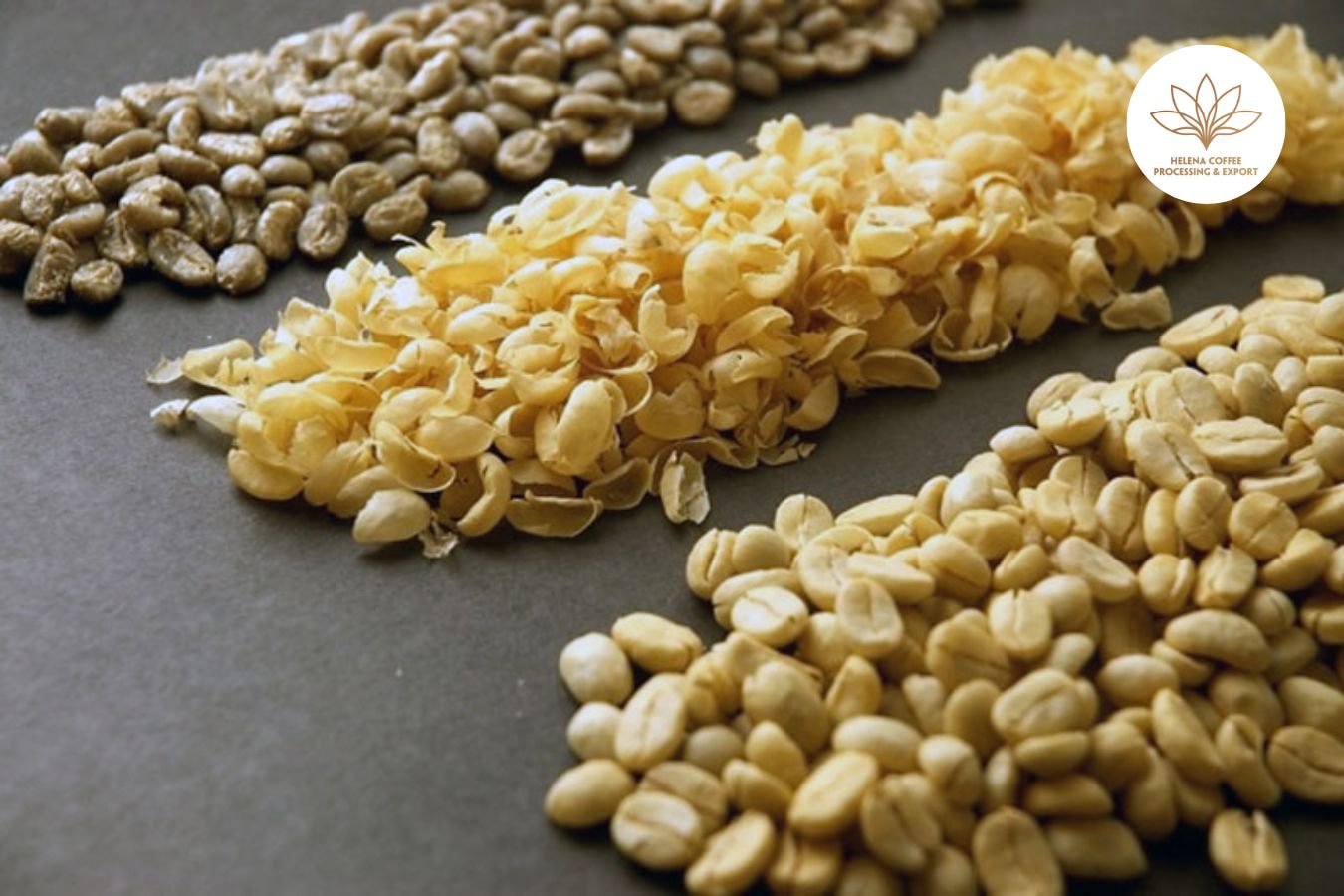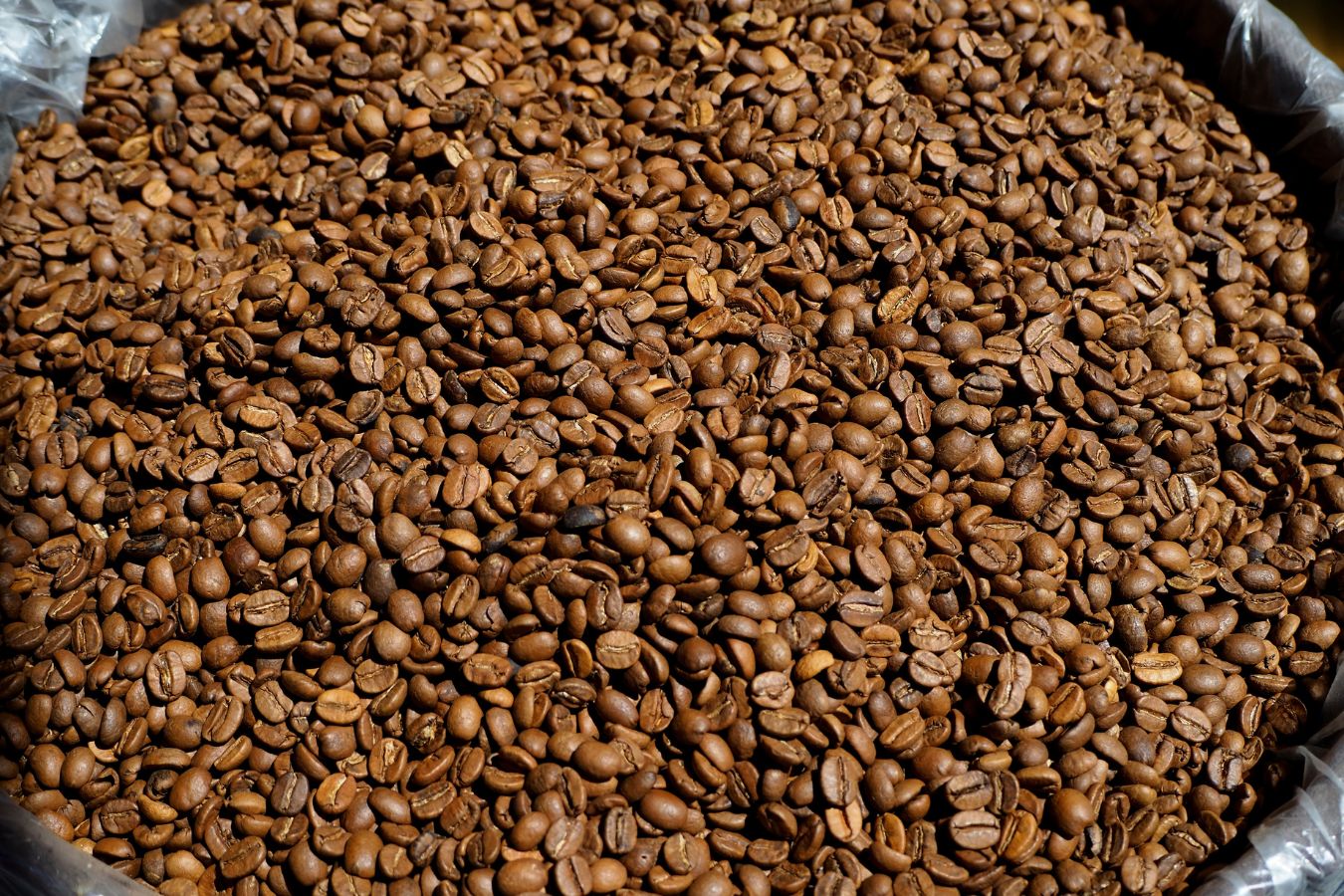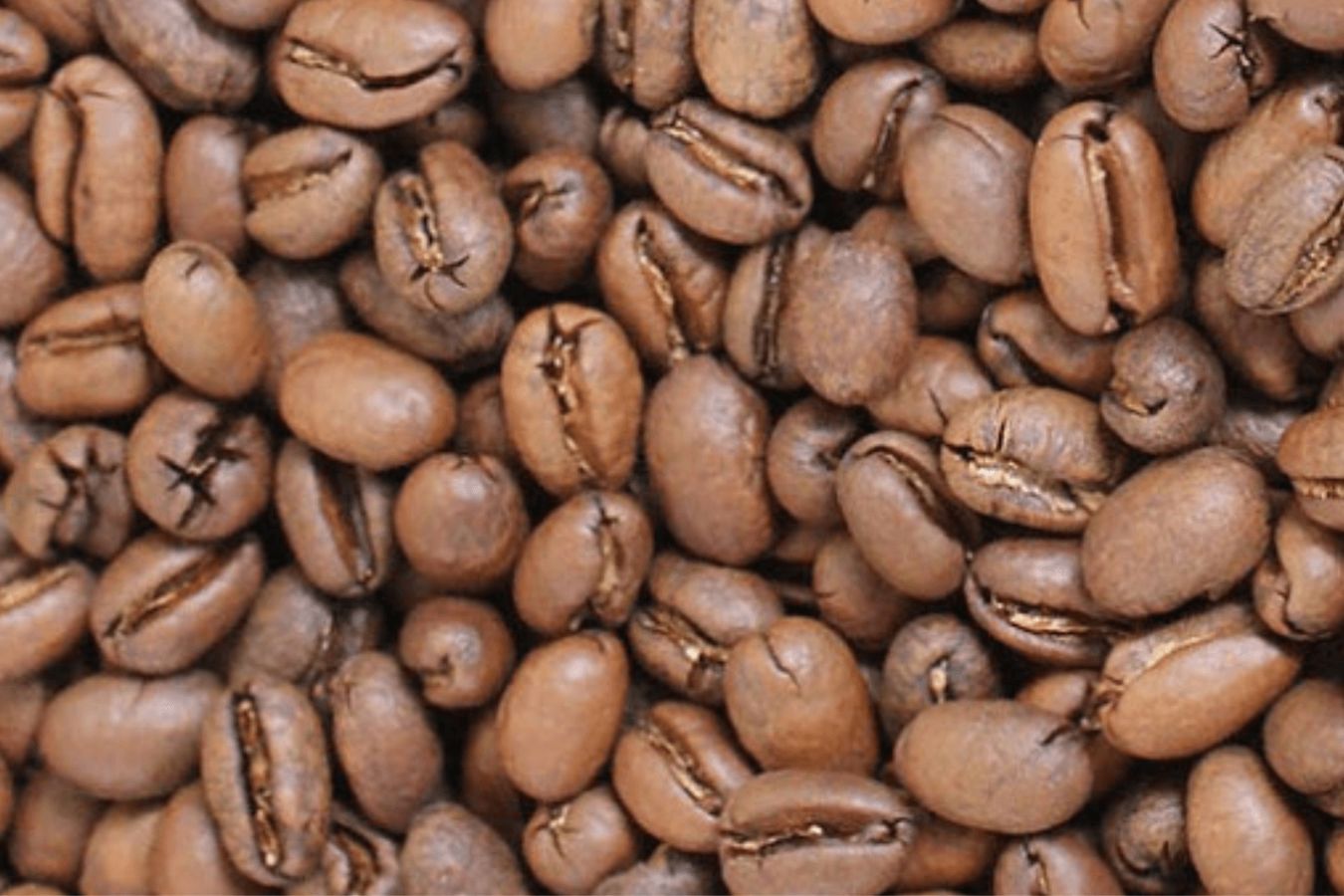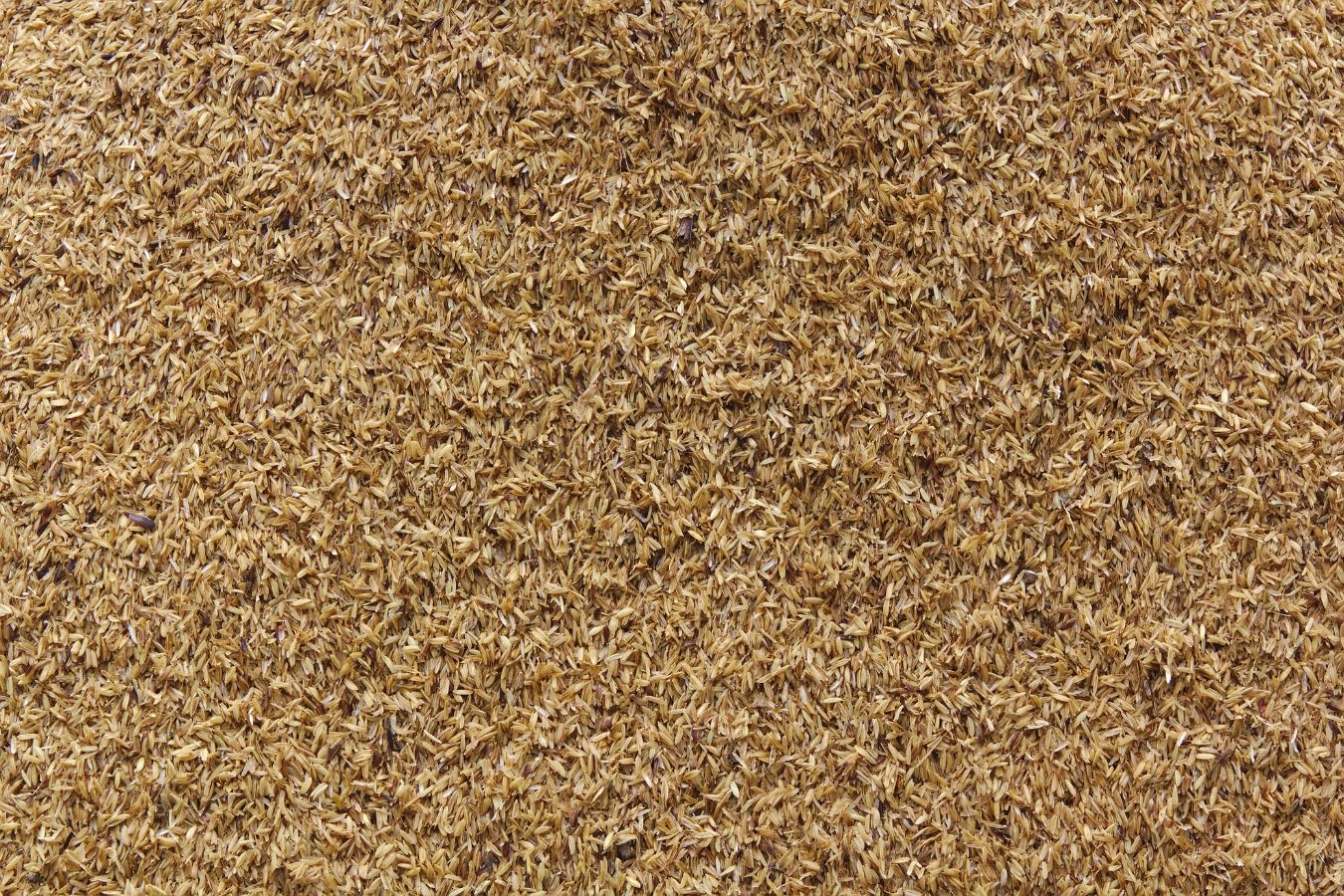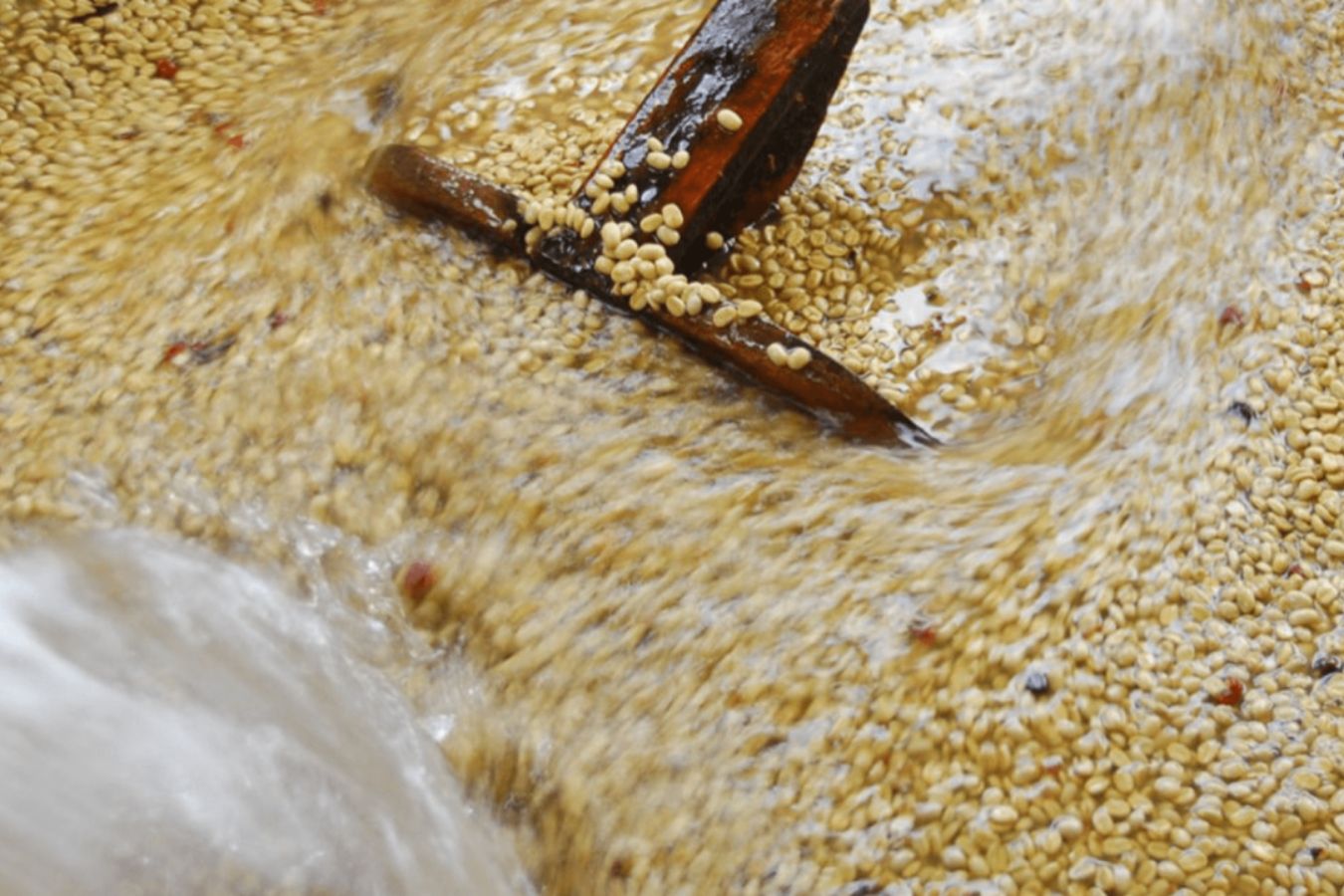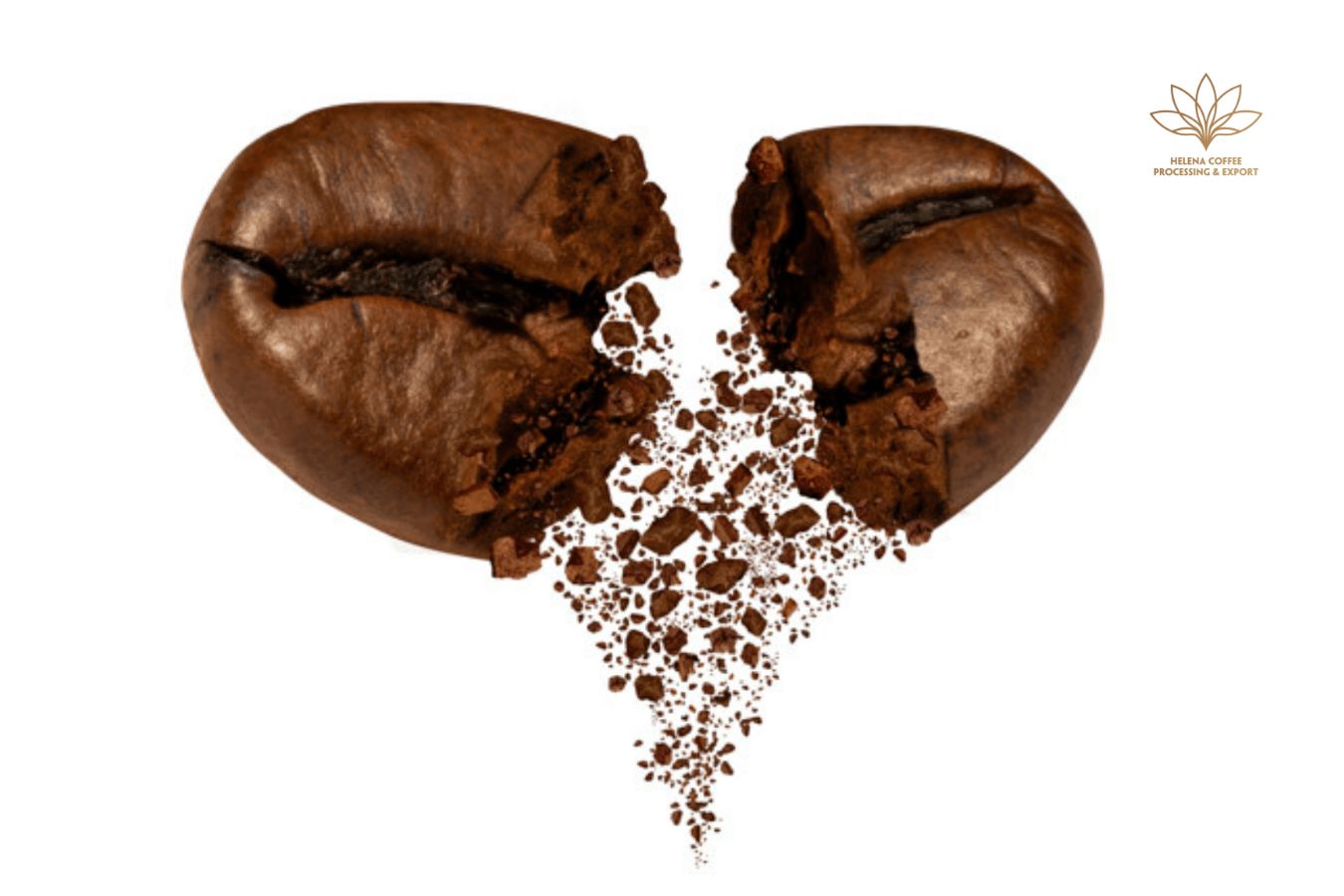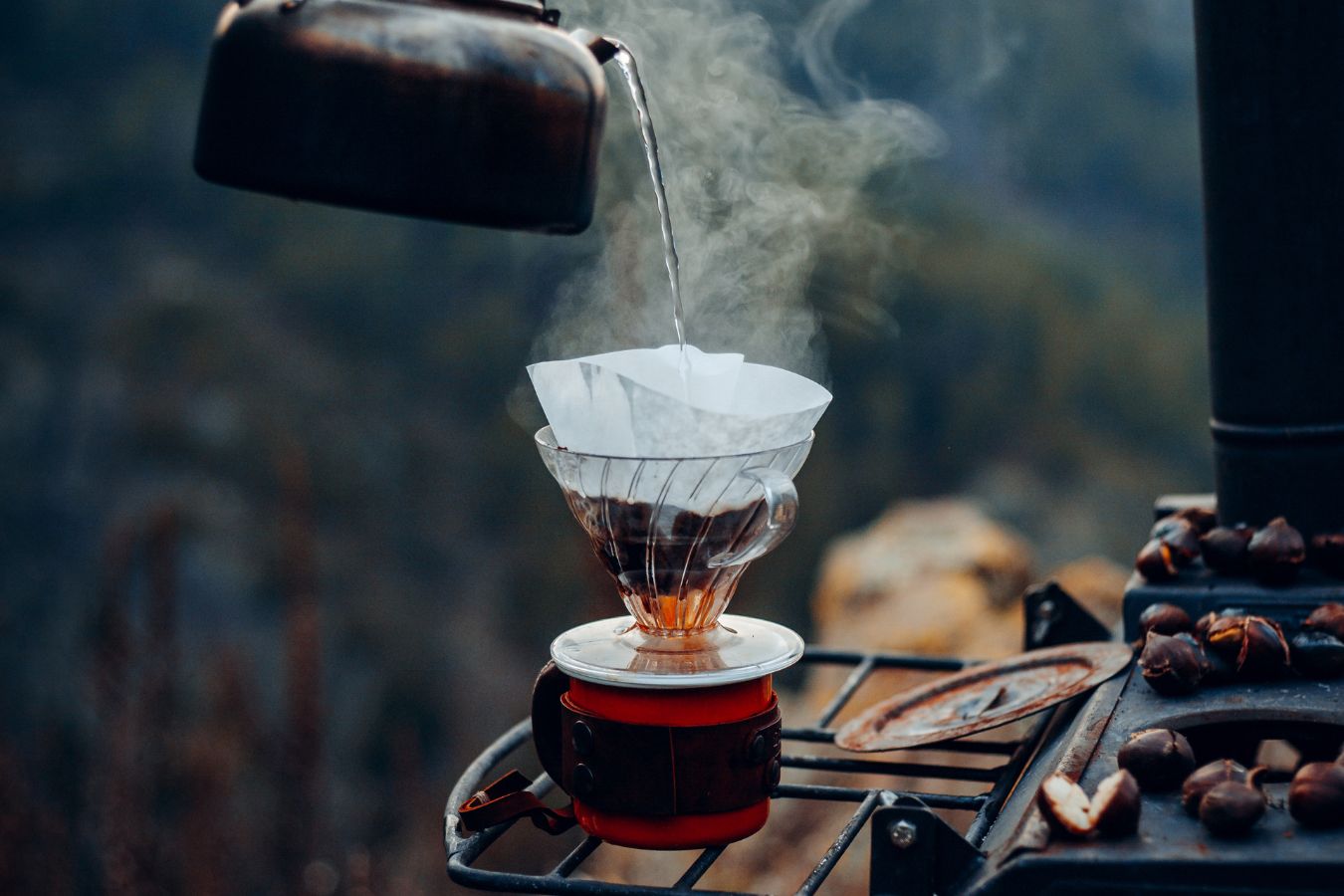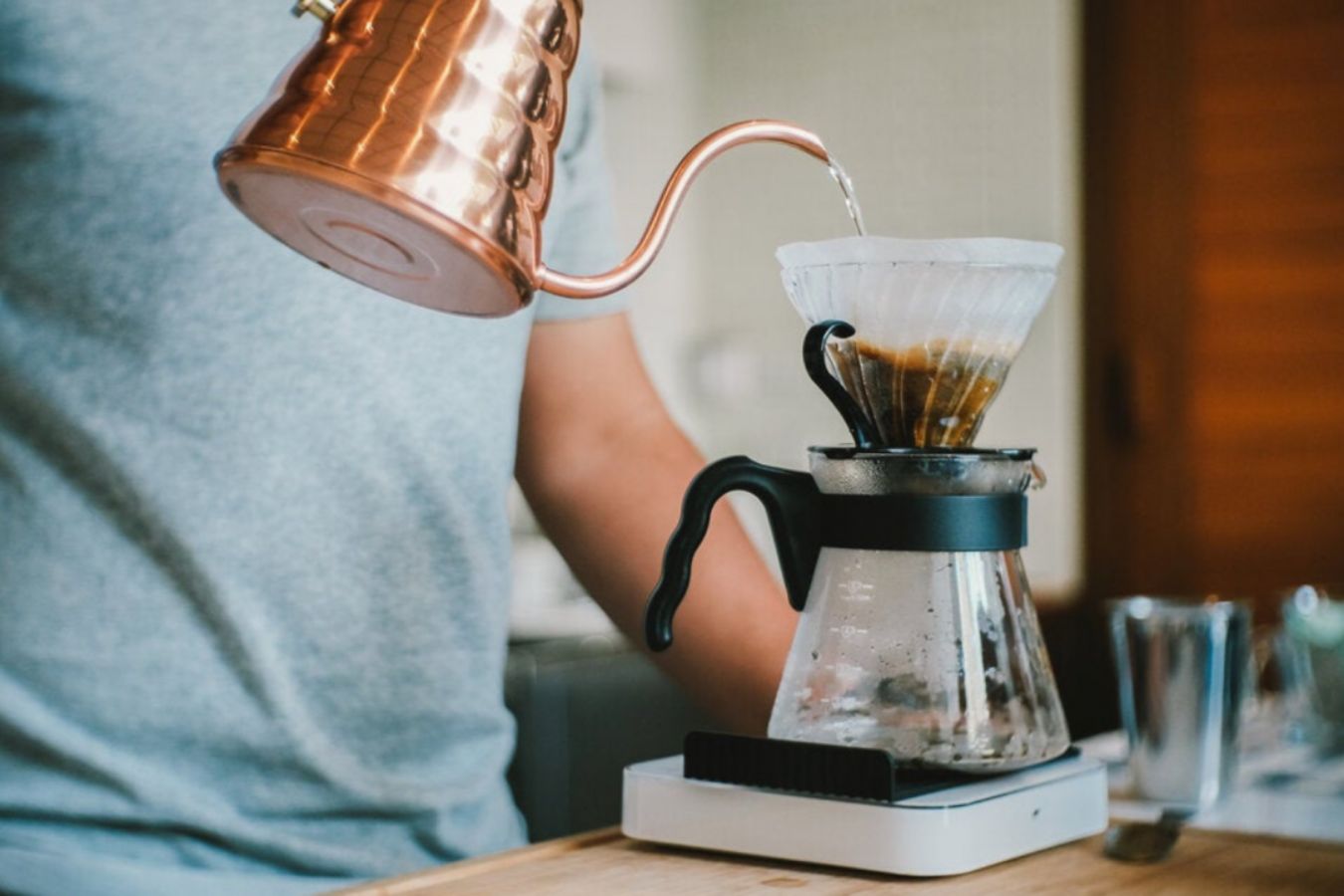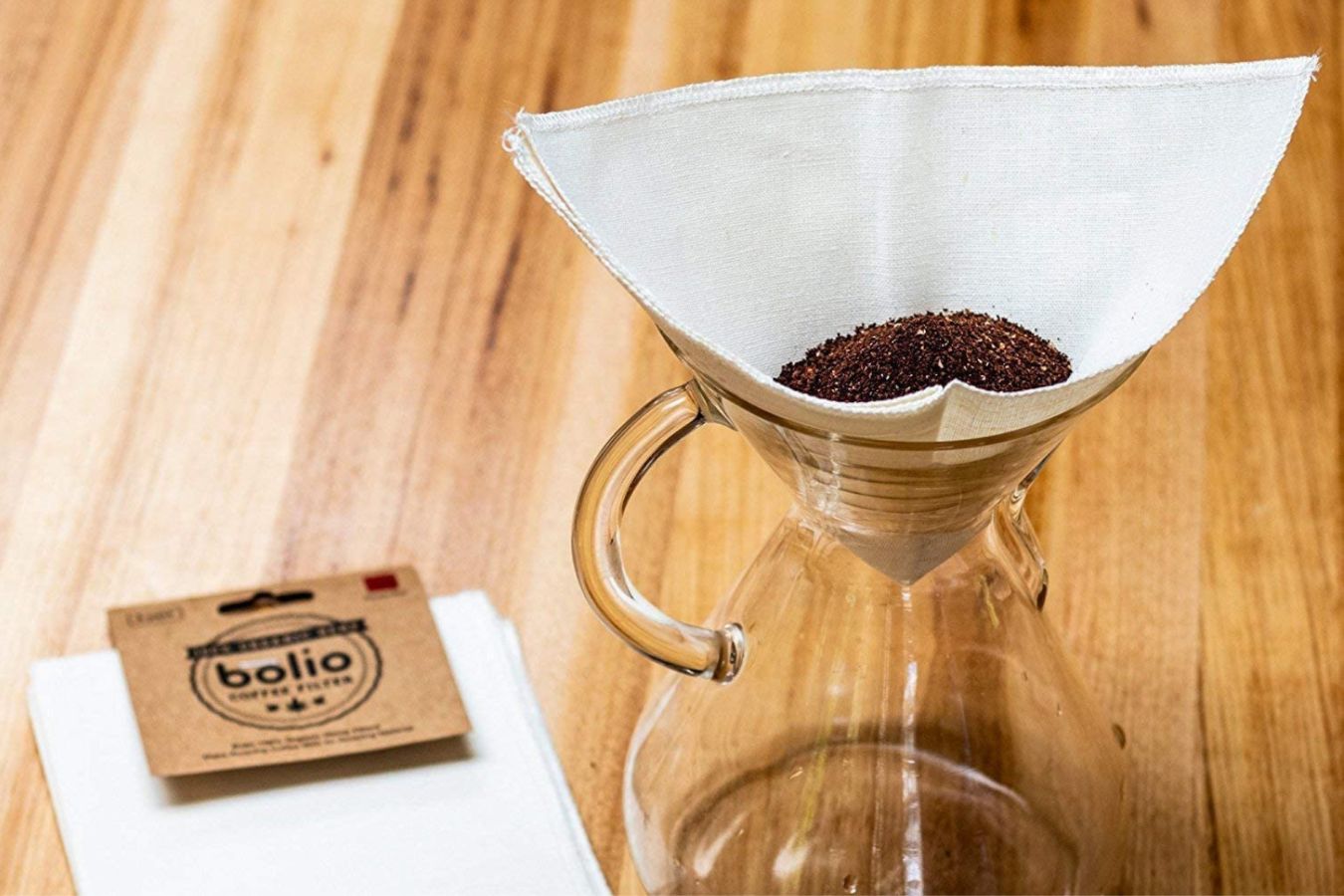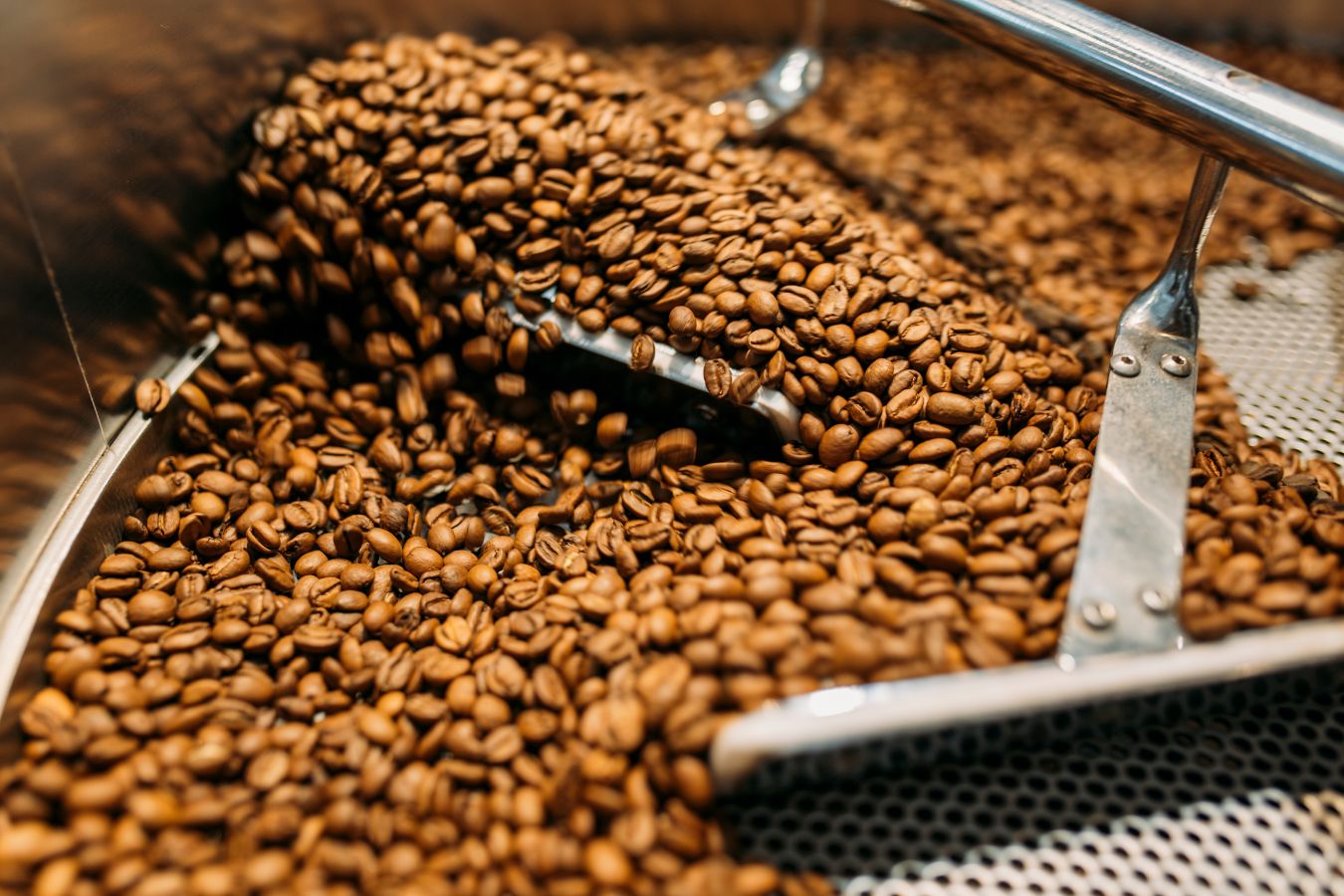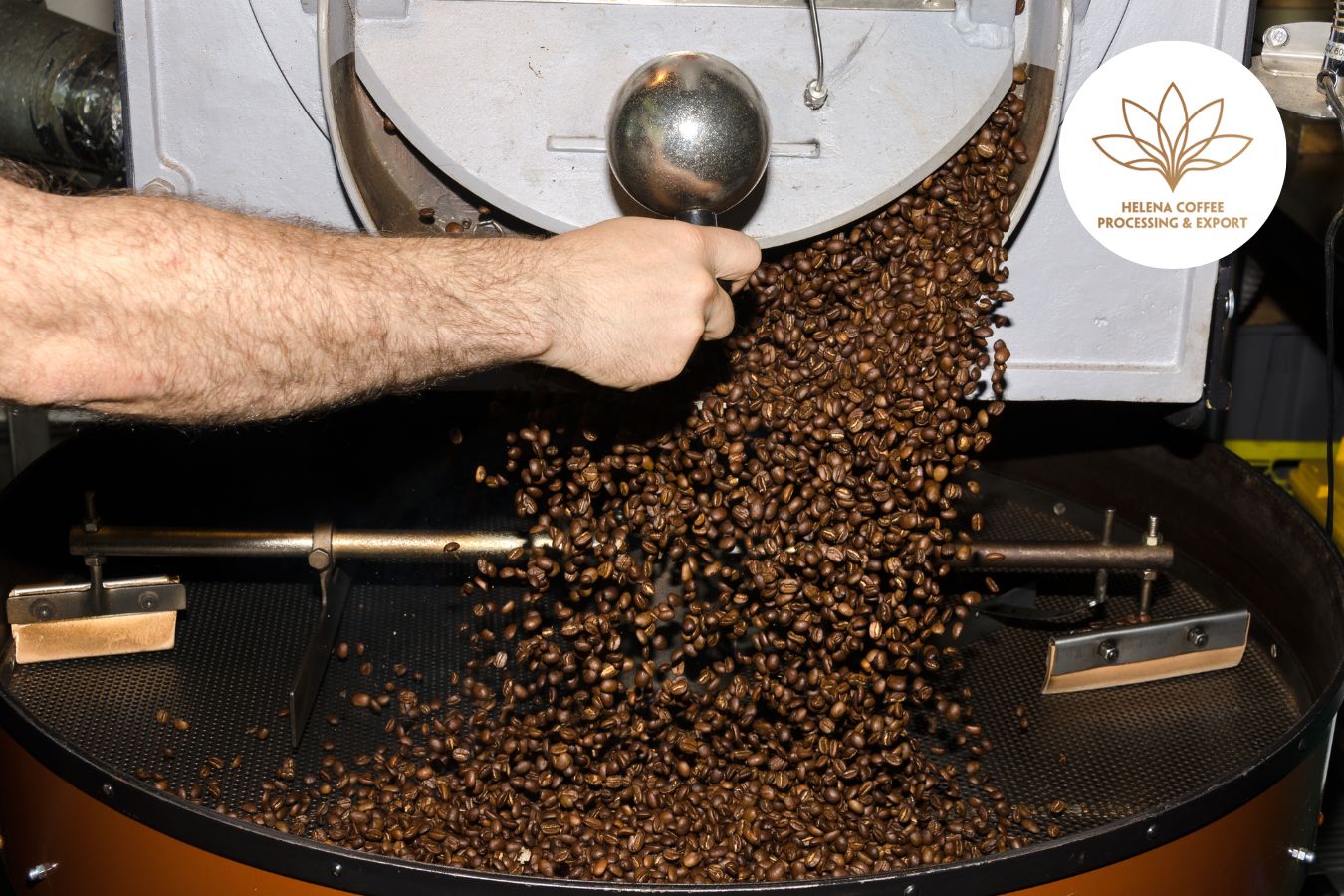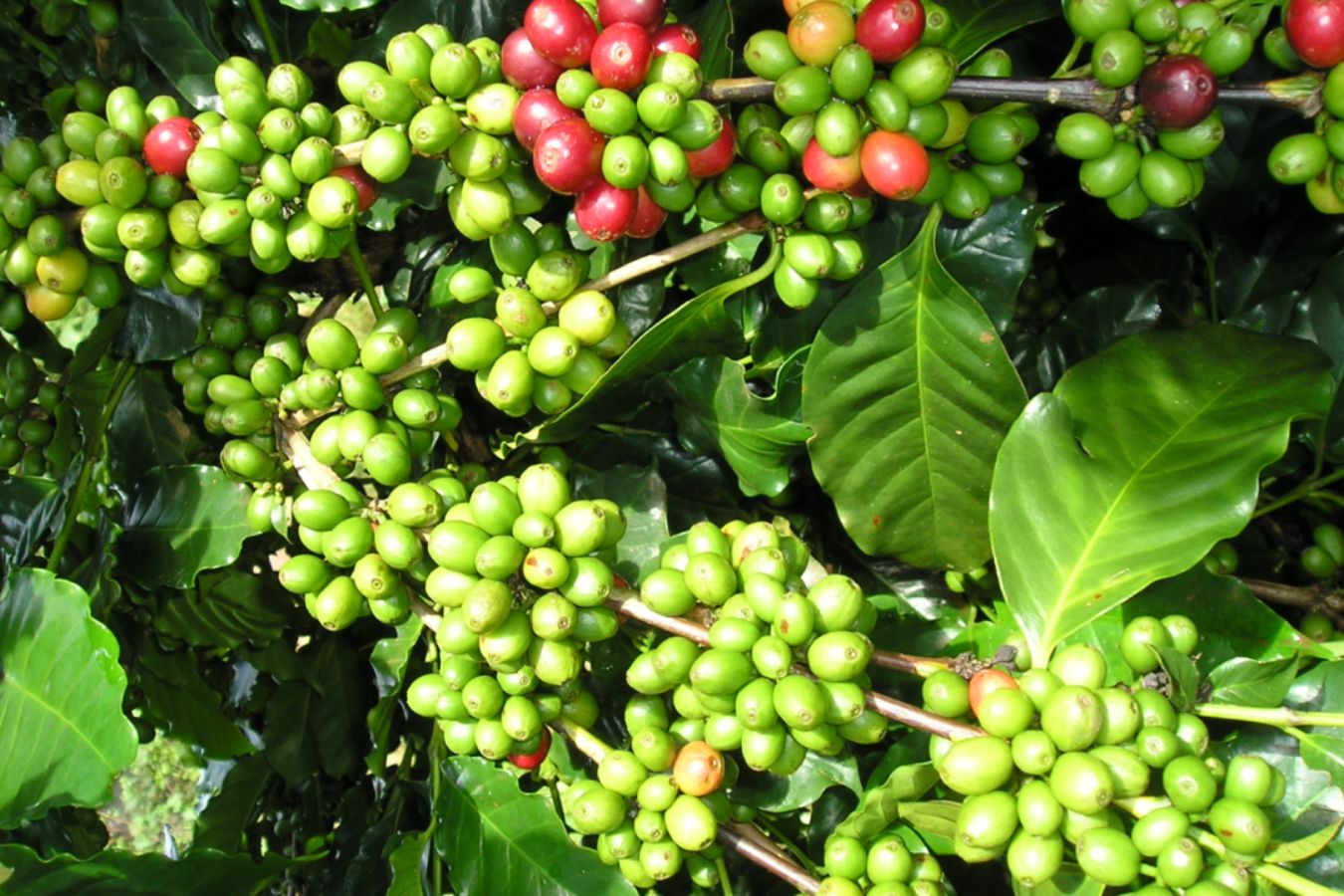 Bean
Bean Pulp – The Flesh
Pulp - The Flesh is understood simply as the discarded mucous crust of a coffee fruit during processing, more specifically in the composition of the coffee fruit, which is the large share (15% to 22% of the weight of the ripe fruit) in the crust of a coffee fruit – but it must be removed during the fermentation stage of the wet processing, Or honey processing.
Coffee terms you should know are as follows:
Density - Particle Density
Mucilage – Mucus
…
